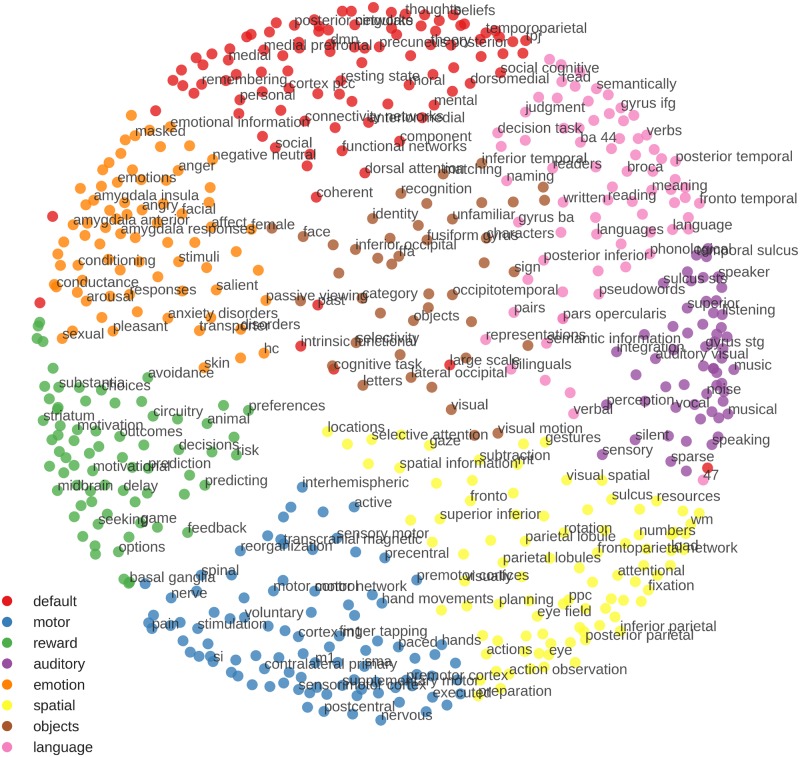Fig 1. ’Keyword space’ derived from the NeuroSynth database.
Colors were assigned based on K-means clustering and distances in space were derived using multi-dimensional scaling (MDS). Note how both approaches give very similar results, in terms of similar colors being close together in space. There are some exceptions, i.e. BA 47 being in the default mode cluster but closer to the auditory-related keywords in MDS-space. There are clear gaps between many of the clusters, indicating that they might be categorically distinct. Regarding the arrangement of clusters, the emotion and reward clusters are close together, as well as the motor and spatial, and the language and auditory clusters. The keywords on the borders of the clusters often represent concepts shared by multiple domains, for example “characters” bridging the clusters of vision and language, “visual motion” close to vision and spatial processing, or “avoidance” related to emotion and reward processing. To allow for good readability, keywords in the figure had to be a certain distance from each other in the space to be plotted.

